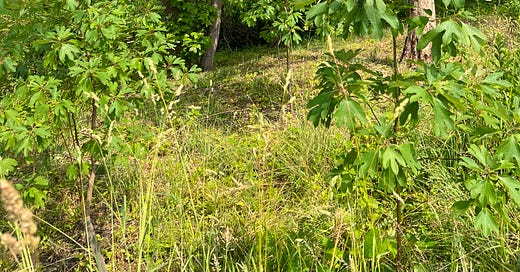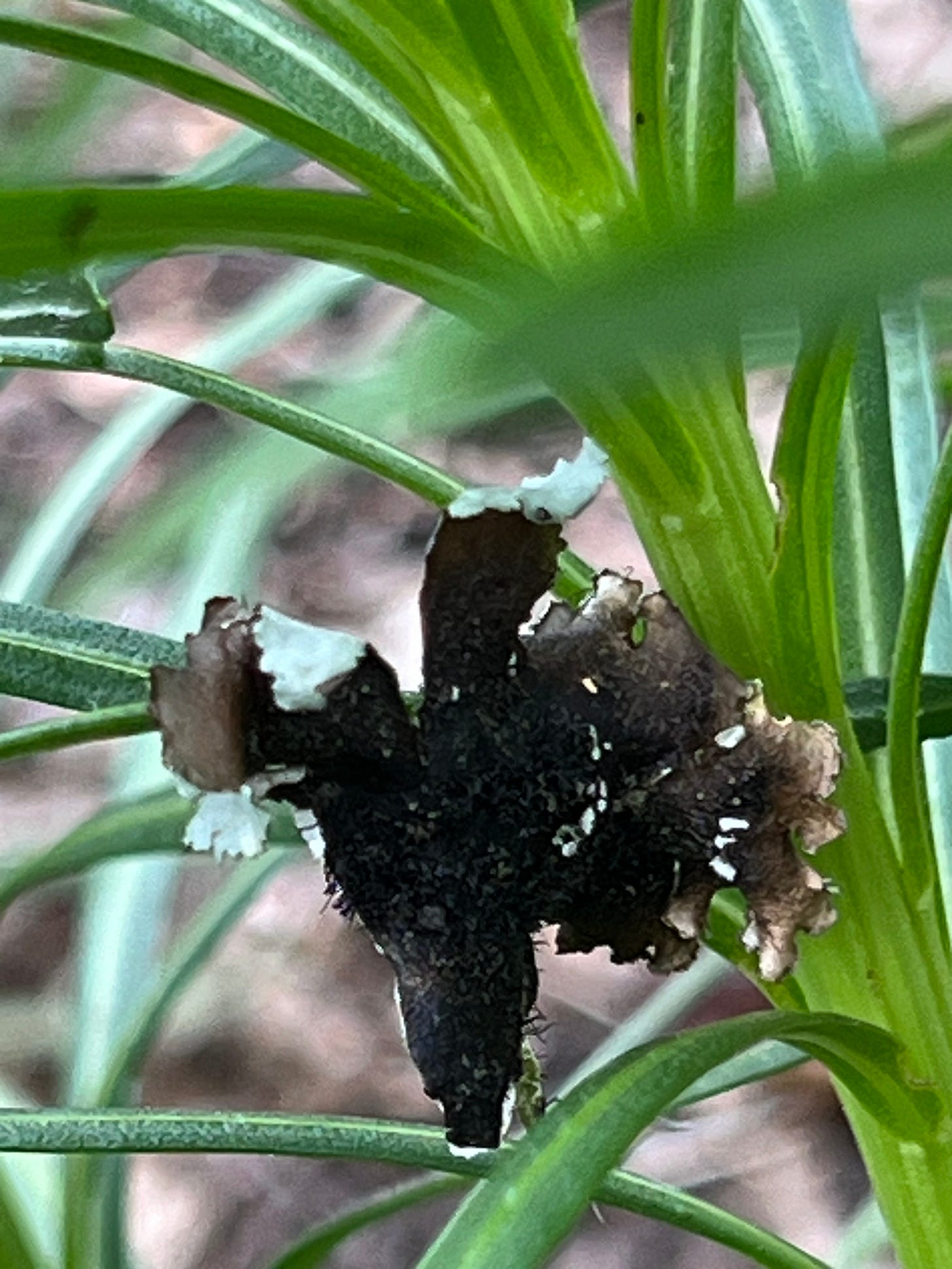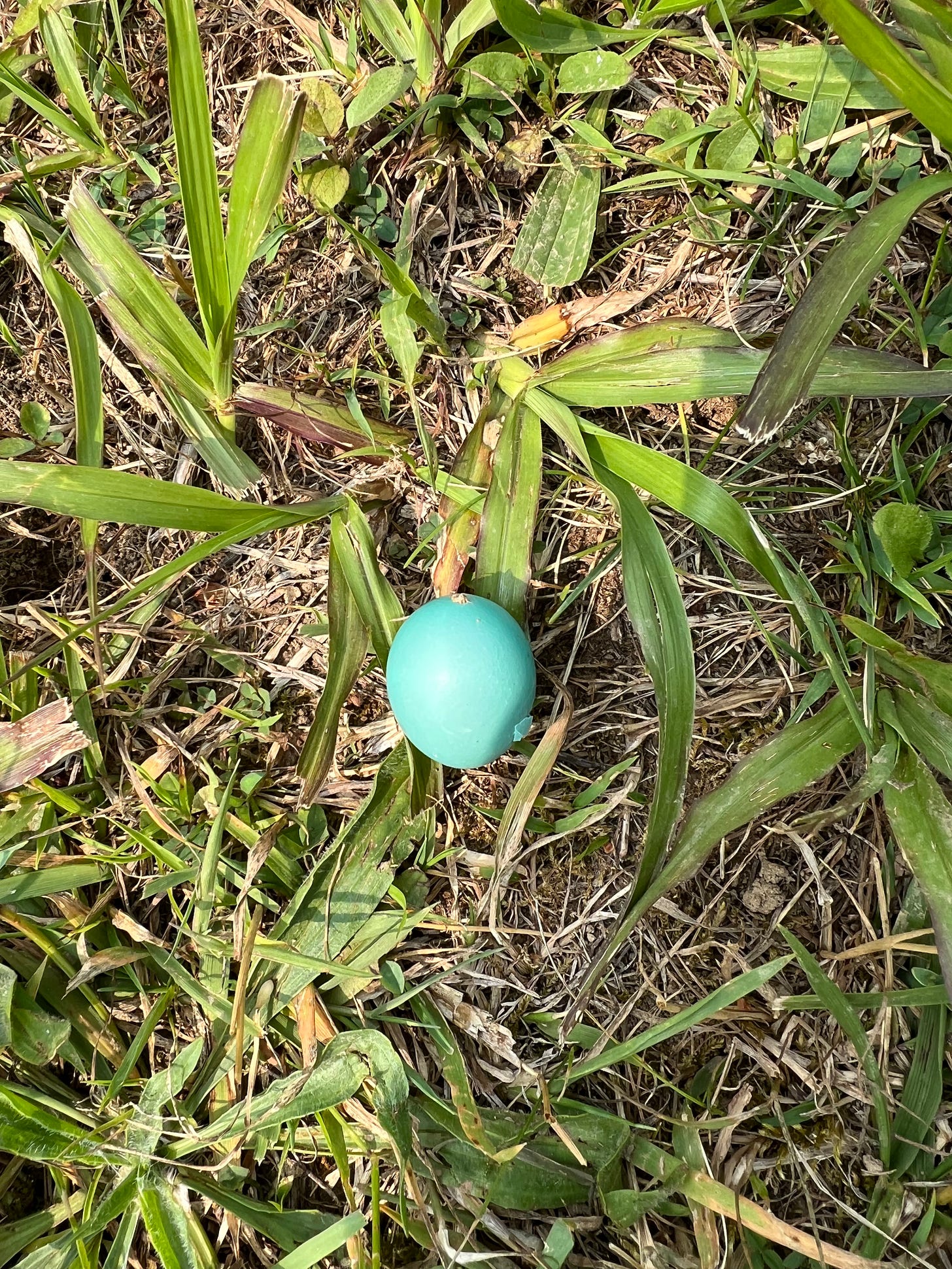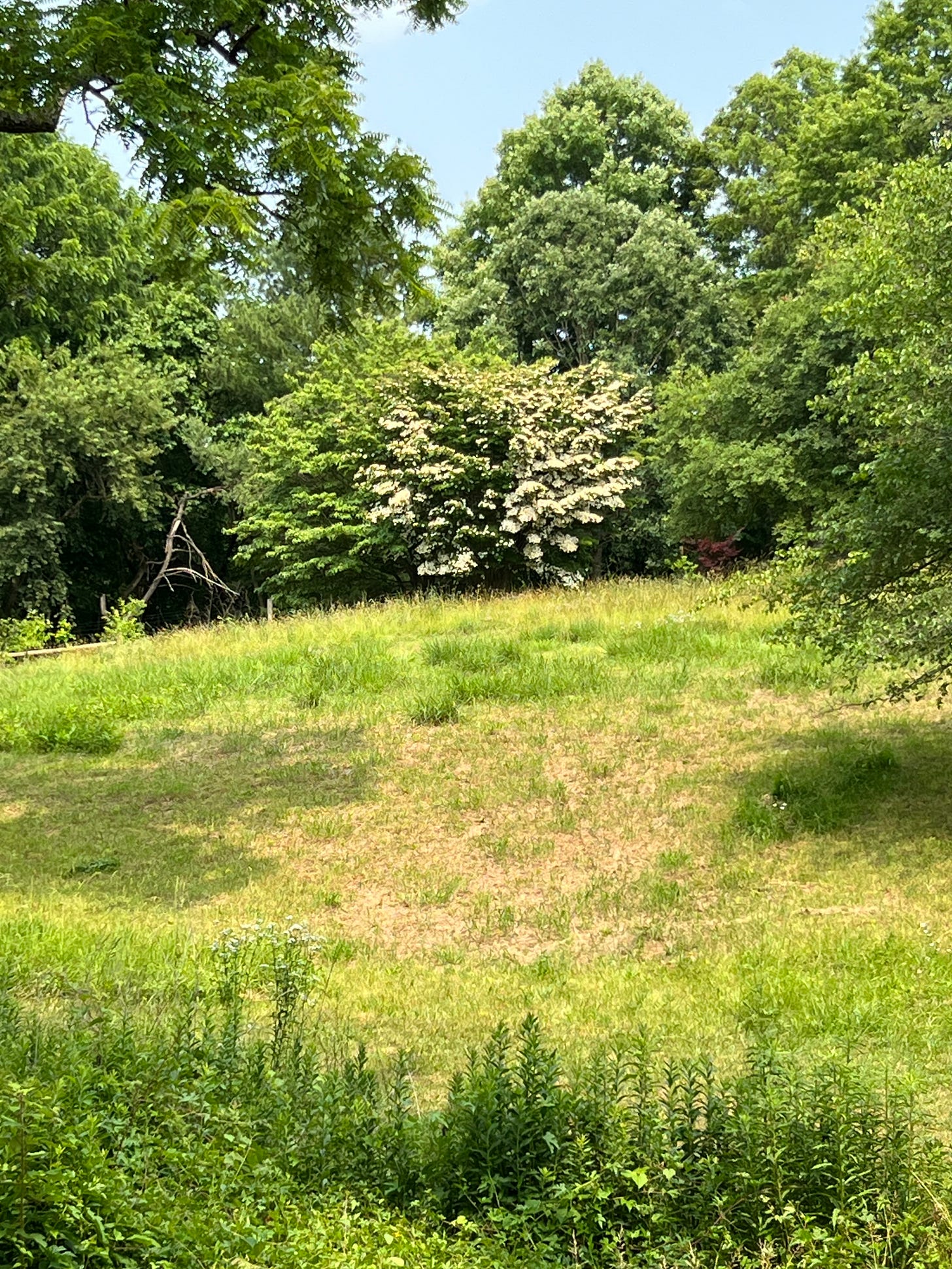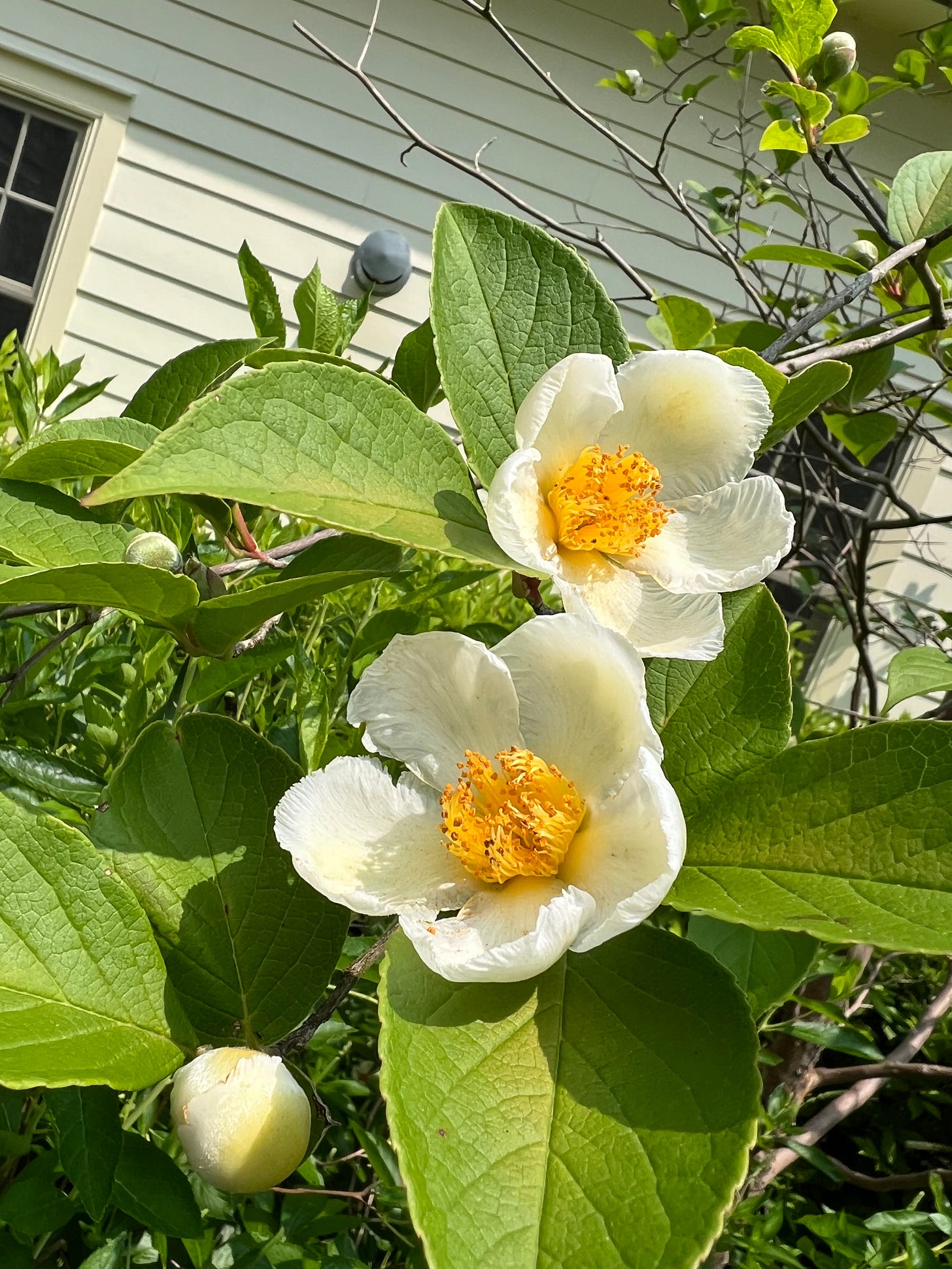Surely one of nature’s great themes is resilience.
In the desert where we spend much of winter, this resilience manifests itself most obviously in springtime after wet winters, when blooms appear as if by magic out of sand, gravel, and scree.
In the more fecund East, we take nature’s resilience so for granted that we hardly see it. But it is ever present, most notably after what ecologists would call disturbance.
Disturbances come in natural and human form. Natural disturbances may include abiotic events such as flooding, wind impacts, landslides, or fire initiated by lightning. Biotic disturbances include insect or disease infestation and herbivory such as overgrazing.
Humans have been a major source of disturbance for a long time. We intentionally or accidentally induce fires and floods. We wage war on one another (and on pests) without considering the consequences for resident plants and animals. We alter landscapes, often in great swaths—clearing for farmland, building roads, introducing extensive hardscape, harvesting forests, releasing pollutants in concentration, overfishing, and overhunting.
More often than not, in the face of this onslaught, life somehow fights its way back, but the mix of flora and fauna can change. Volcanic lava flows can wipe out everything in their paths for a millennium. Conflagrations in forests without a frequent-fire regime can alter species diversity forever.
Here in the Brandywine Valley, development probably presents the No. 1 disturbance, but browsing white-tail deer vie for second place. The deer often avoid non-native plants in favor of the natives they evolved to eat, decimating the latter.
At Puddock Hill, we erected a deer fence three years ago. Almost instantaneously, native plants we had never seen on the property came roaring back, and one of the first was sassafras (Sassafras albidum), a small tree or large shrub that grows up and down the East Coast and as far west as eastern Texas and Oklahoma.
As a pioneer species, under the right circumstances sassafras sprouts in abandoned fields, unmowed meadows, or places where the forest canopy has been reduced by fire or wind. Before we introduced the fence, a few sassafras trees hung on beside the driveway where browsing would be difficult for deer, a single larger tree had managed to outgrow deer browse above the big pond, and a colony had established itself, probably by runners, near the tenant house driveway. But we never saw a young sassafras until we erected our deer fence.
Undoubtedly, sassafras saplings had sprung up every season, but deer found them and mowed them down before we set eyes upon them. Three years after the fence went up, we have dozens of these trees growing on the high side of the big pond.
One, which I refer to as Patient Zero, may not have been the first to crop up, but it’s easy to spot on a slope over the wet woods where a walking path transitions from the barn meadow to the woods above the big pond. Patient Zero is at the center of picture, to the left of the dead tree, although a younger one also grows in front of the dead tree, easily identified by its distinctive lobed leaves:
Patient Zero is about twelve feet tall now, and more than half its trunk has gone from green to woody.
Its cousins continue to pop up in semi-shade. Last year, a small grouping arose just past the pond spillway at the edge of the woods:
Sassafras is allelopathic, meaning it produces substances that can suppress the growth of other plants, yet this characteristic mostly affects annual herbs. In abandoned fields, it is often accompanied by persimmon trees (Diospyros virginiana), another native pioneer, and it is associated with many other trees. From USDA:
It [sassafras] is also present as successional stands on old fields in the Southeastern States where pine usually predominates. Sassafras is a minor component in Bear Oak, a scrub type appearing on dry sites along the Coastal Plain from New England southward to New Jersey, and from northwestern New Jersey southward to scattered localities in western Virginia and eastern West Virginia. It is also prevalent in eastern and central Pennsylvania.
Additional common associated tree species are sweetgum (Liquidambar styraciflua), flowering dogwood (Cornus florida), elms (Ulmus spp.), eastern redcedar (Juniperus virginiana), hickories (Carya spp.), and American beech (Fagus grandifolia). In fields with deeper soils it grows with elms, ashes (Fraxinus spp.), sugar maple (Acer saccharum), yellow-poplar (Liriodendron tulipifera), and oaks (Quercus spp.).
Noteworthy minor tree associates are American hornbeam (Carpinus caroliniana), eastern hophornbeam (Ostrya uirginiana), and pawpaw (Asimina triloba). On poorer sites, particularly in the Appalachian Mountains, it is frequently associated with black locust (Robinia pseudoacacia), red maple (Acer rubrum), sourwood (Oxydendrum arboreum), and several oaks. At the northern edge of its range, sassafras is found in the understory of aspen (Populus spp.) and northern pin oak Quercus ellipsoidalis) stands.
Note that all of the above are native trees. Allelopathy or not, natives support natives. More to the point, if you have sassafras trees growing wild and want to plant a variety of trees, the above list might be a good place to start, as they have a preference for similar soils.
Without human intervention, the most common historical form of disruption was likely lightning-induced wildfires. There are frequent summer wildfires in the New Jersey Pine Barrens, about seventy miles from us, and land managers sometimes allow them to burn themselves out so long as no danger exists to humans. In a phenomenon called serotiny, pitch pines (Pinus rigida) in the Pine Barrens require the heat of wildfires to release seeds from their pine cones. Sassafras do not rely on wildfires to reproduce, but they no doubt once found opportunity in land cleared by fire all up and down the East Coast. According to USDA, “sassafras sprouts vigorously following top-kill, even after repeated fires.”
Once the deer fence went up at Puddock Hill, the sassafras responded with similar vigor to the opportunity presented by overgrazing and buck rubs, which have killed or inhibited the growth of many young trees. I doubt the sassafras will become dominant, however. More likely, over time taller trees will shade it out or keep it in check.
Meanwhile, this wonderful native tree serves as an adult food source for the spicebush swallowtail butterfly (Papilio troilus) and the Promethea silkmoth (Callosamia promethea). And it is a larval host to the pale swallowtail butterfly (Papilio eurymedon).
None of these insects is endangered, and perhaps we have the resilience of the sassafras to thank for that.
Speaking of moths, I found this moth rather lamely attempting to hide on a liatris in the patio garden this morning:
Canada lettuce (Lactuca canadensis) has shot up above the big pond:
Someone lost an egg on the low side of the big pond:
A Korean dogwood (Cornus kousa) blooms profusely at the edge of the east woods:
The Stewartia by the house produces beautiful flowers this time of year:
I posted a brief video about our Stewartia here:
